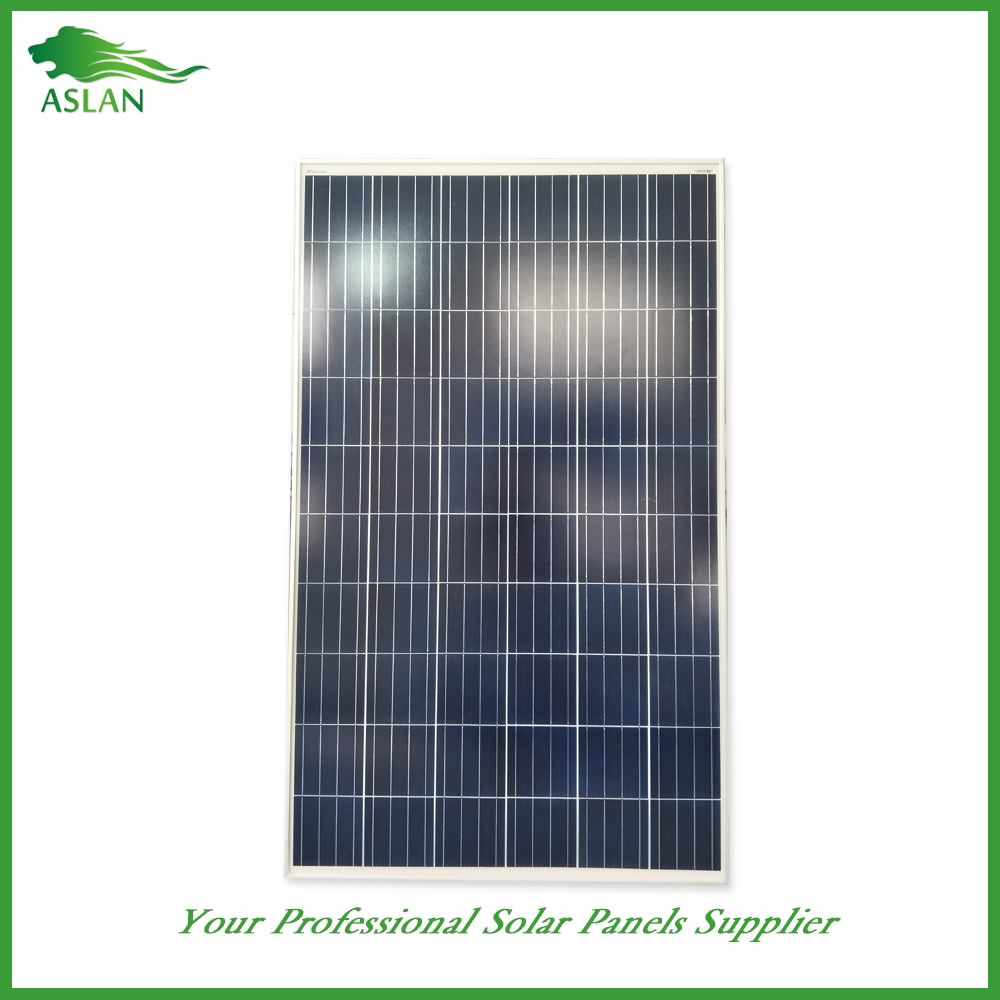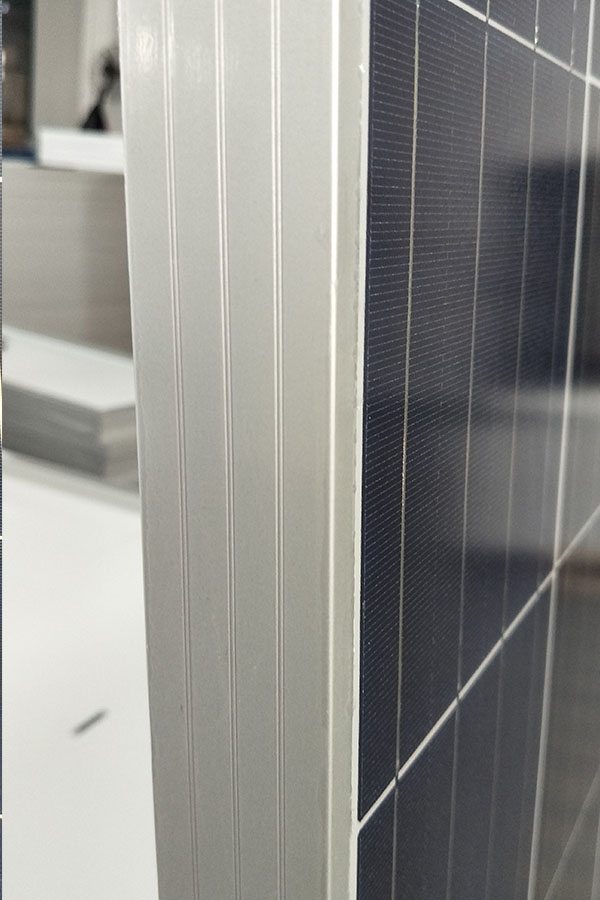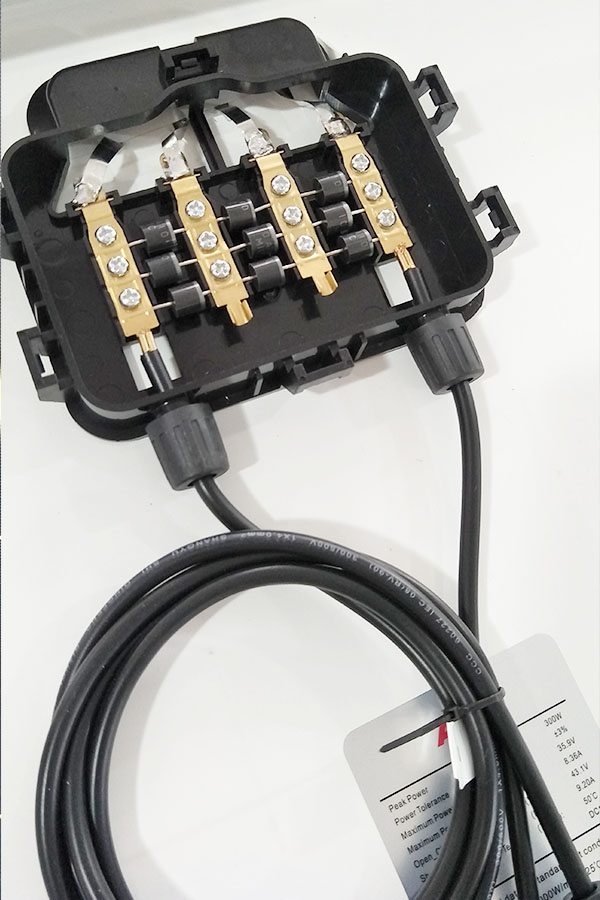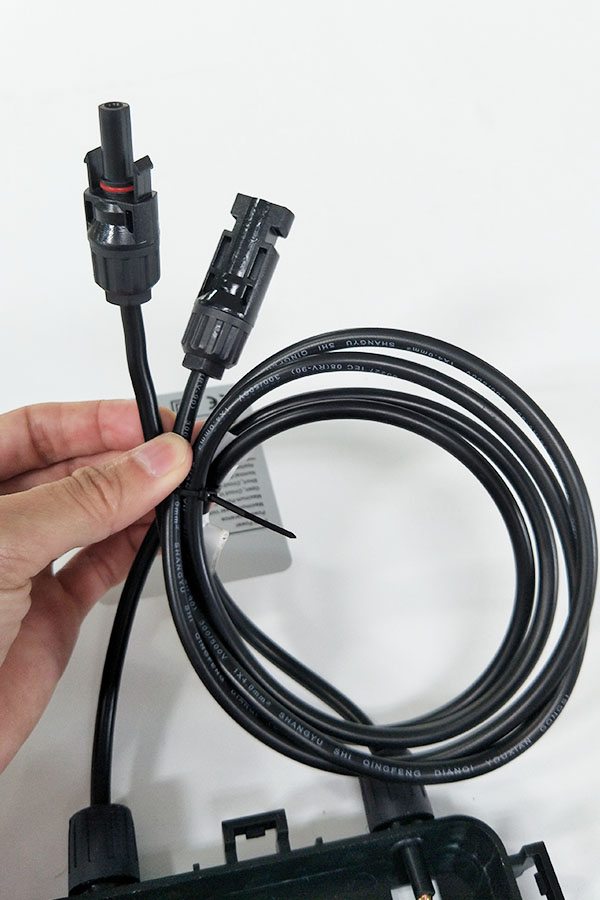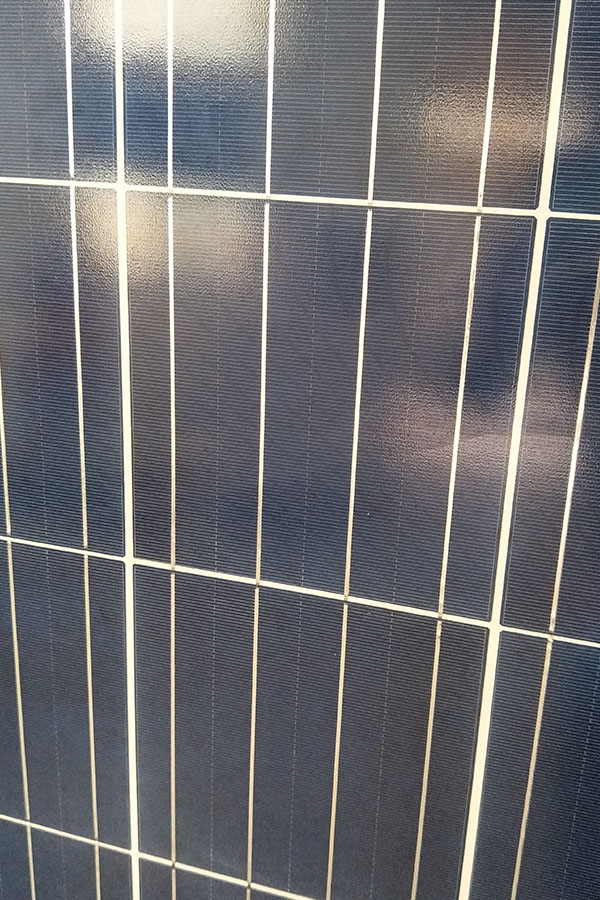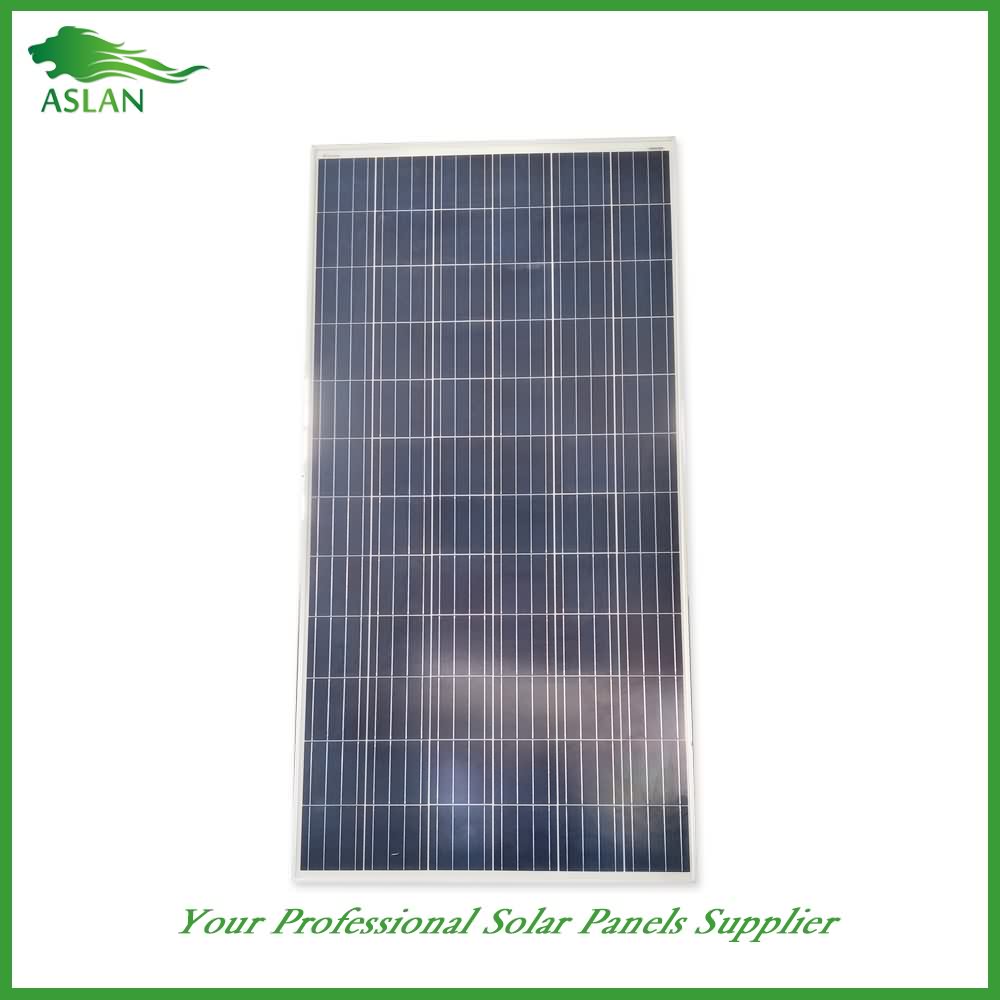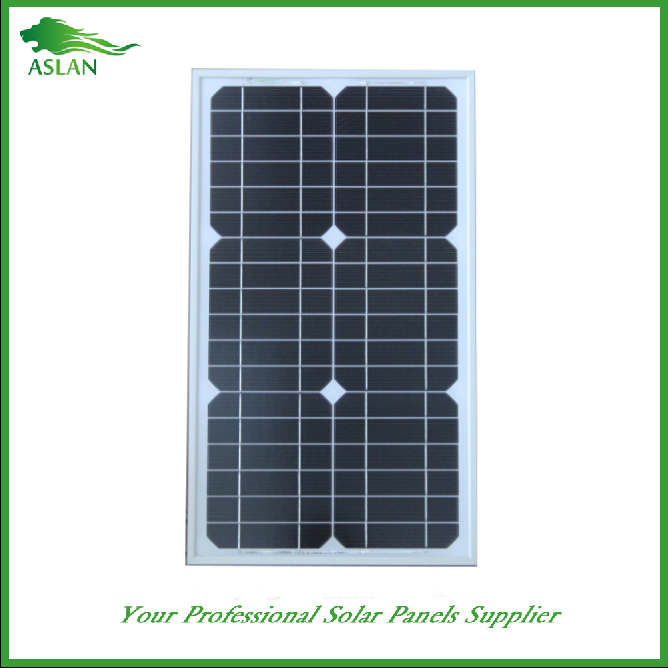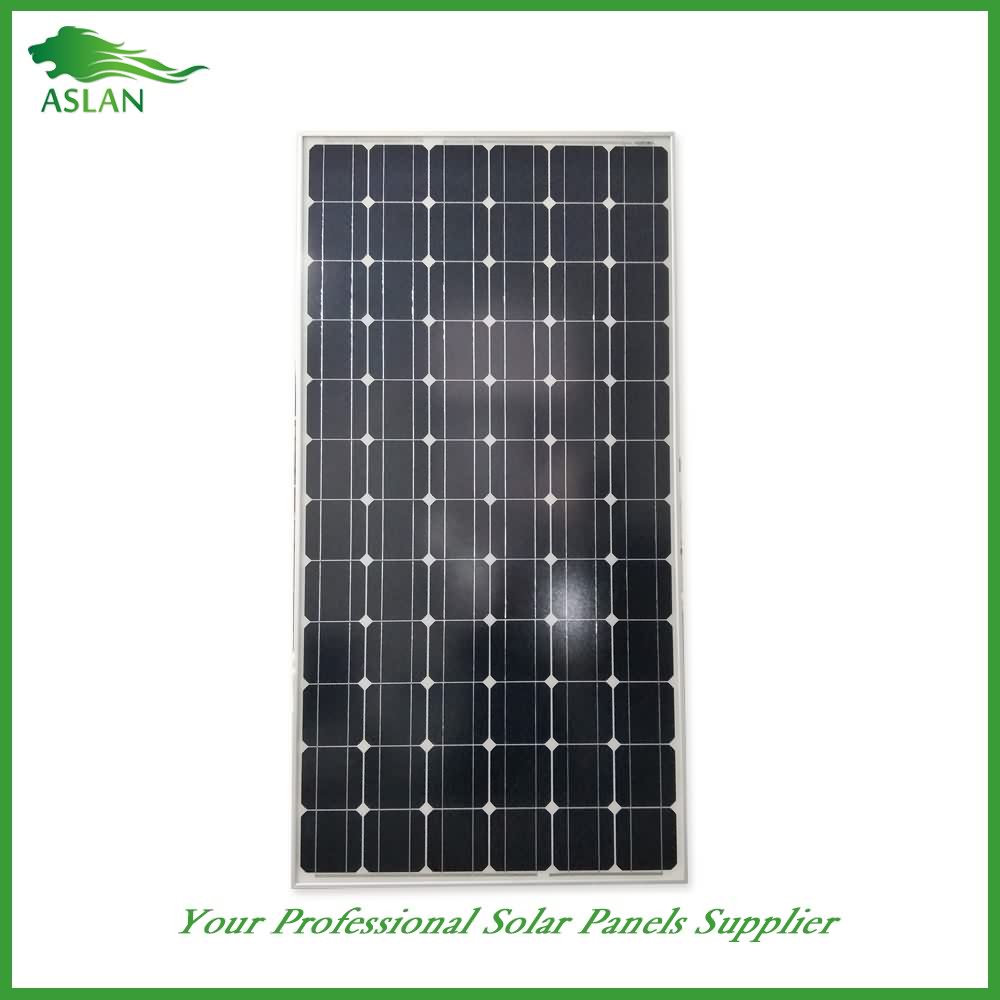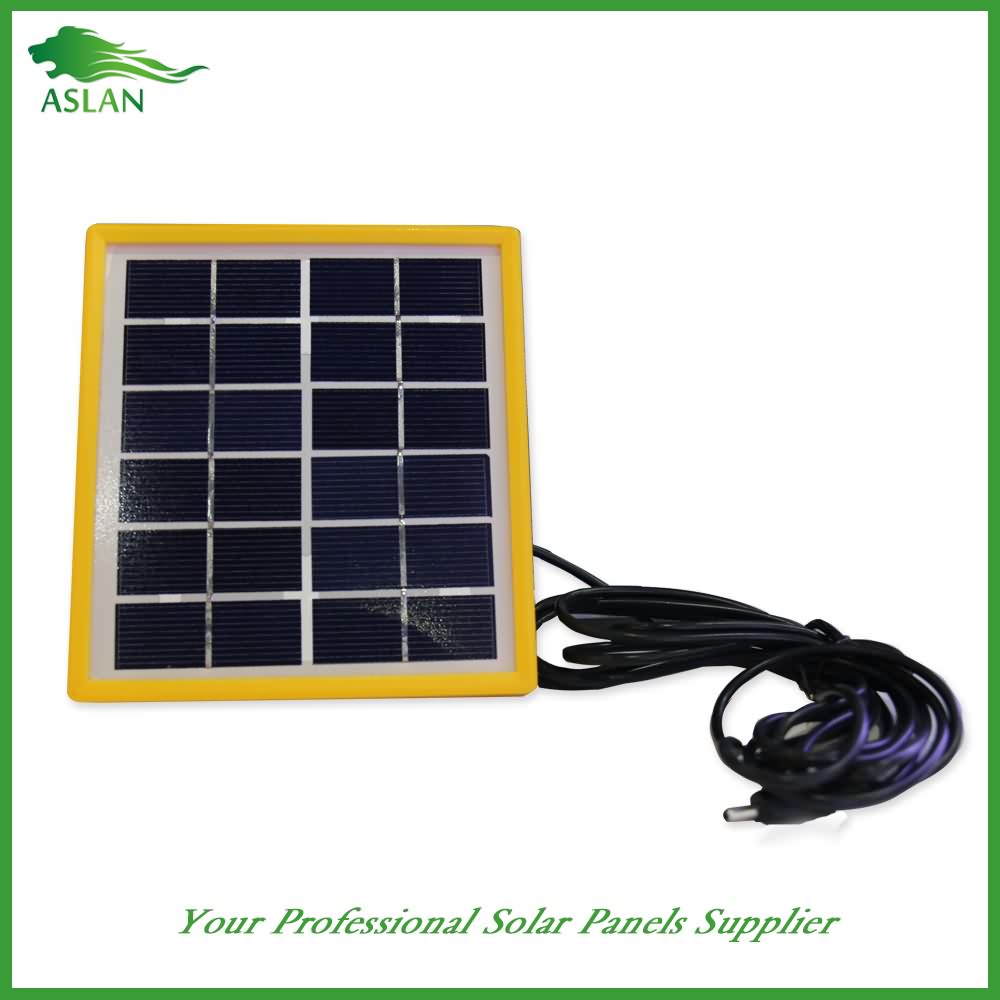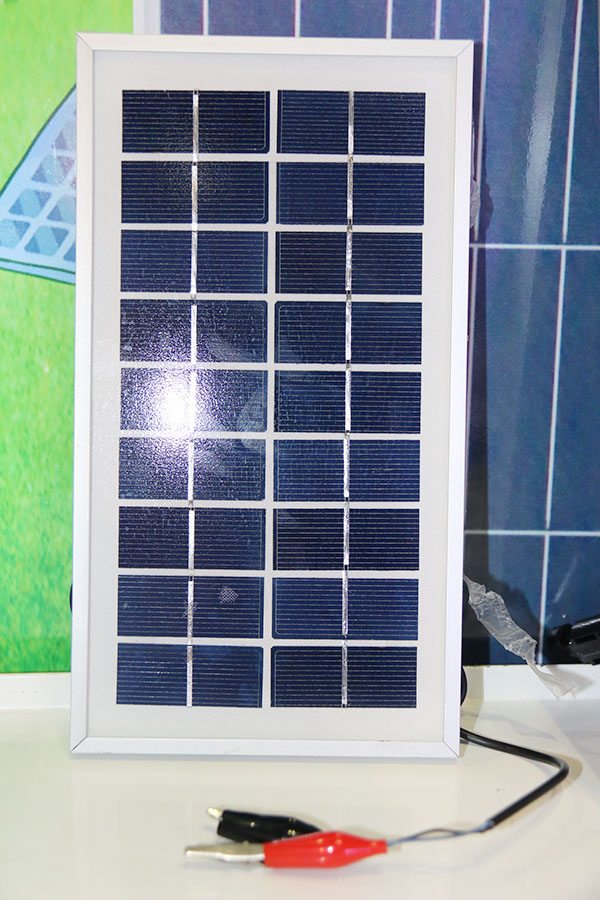Factory Outlets Poly-crystalline Solar Panel 250W to United Arab emirates Manufacturer
Short Description:
Adhering to the principle of "quality, service, efficiency and growth", we have gained trusts and praises from domestic and international client for Factory Outlets Poly-crystalline Solar Panel 250W to United Arab emirates Manufacturer, Our final goal is "To try the best, To be the Best". Please feel free to contact with us if you have any requirements.
Poly-crystalline Solar Panel 250W
Technical parameter
Maximum Power(W) 250W
Optimum Power Voltage(Vmp) 30.25V
Optimum Operating Current(Imp) 8.26A
Open Circuit Voltage(Voc) 36.61V
Short Circuit Current(Isc) 8.89A
Mechanical Characteristics
Cell Type Polycrystalline 156x156mm (6 inch)
No of Cell 60 (6x10pcs)
Dimensions 1640x990x40mm
Weight 18.5KGS
Front Glass 3.2mm,High Transmission, Low Iron,Tempered Glass
Junction box IP65 Rated
Output Cable TUV 1×4.0mm2/UL12AWG,Length:900mm
Temperature and Coefficients
Operating Temperature(°C): -40°C ~ + 85°C
Maximum System Voltage: 600V(UL)/1000V(IEC) DC
Maximum Rated Current Series: 15A
Temperature Coefficients of Pmax: -0.47%
Temperature Coefficients of Voc: -0.389%
Temperature Coefficients of Isc: 0.057%
Nominal Operationg Cell Temperature (NOCT): 47+/-2°C
Materials of solar panel
1).Solar Cell——Polycrystalline solar cell 156*156mm
2).Front Glass——-3.2mm, high transmission, low iron, tempered glass
3).EVA——-excellent anti-aging EVA
4).TPT——-TPT hot seal made of flame resistance
5).Frame——anodized aluminum profile
6).Junction Box——-IP65 rated, high quality, with diode protection
Superiority: high quality anodized aluminum frame, high efficiency long life, easy installation, strong wind resistance, strong hail resistance.
Features
1. High cell efficiency with quality silicon materials for long term output stability
2. Strictly quality control ensure the stability and reliability, totally 23 QC procedures
3. High transmittance low iron tempered glass with enhanced stiffness and impact resistance
4. Both Poly-crystalline and Mono-crystalline
5. Excellent performance in harsh weather
6. Outstanding electrical performance under high temperature and low irradiance
Quality assurance testing
Thermal cycling test
Thermal shock test
Thermal/Freezing and high humidity cycling test
Electrical isolation test
Hail impact test
Mechanical, wind and twist loading test
Salt mist test
Light and water-exposure test
Moist carbon dioxide/sulphur dioxide
เป็นปั๊มชักสูบน้ำขนาด 1 นิ้ว กับมอเตอร์มหัศจรรย์
ต่อตรงกับแผ่นโซล่าเซลล์ 300w 1 แผ่น
มาพร้อมกับขาเหล็กหนาอย่างดี
ยกไปตั้ง ต่อท่อน้ำ เปิดเครื่องใช้งานได้ทันที
ไม่ต้องกังวลเรื่องการติดตั้ง
สูบน้ำลึก 8 เมตร ส่งสูง 30 เมตร
ปริมาณน้ำ 2500 ลิตร/ช.ม.
www.beliefsolartech.com
083-3146583
084-5713536
LINE ID = 0833146583
Build 100 panel horse shade shelters to help the Mongol working class & farmers.
The solar PV industry in China’s Inner Mongolia Autonomous Region has witnessed rapid growth over the recent years. Since 2006, several industry leaders have built solar PV projects in the region. In 2013, when the central government rolled out solar subsidies at the state level, the regional government put in place favorable policies to support the growth of the industry. However, the response from local industry players indicated that solar companies are facing challenges from the incomplete industry chain, difficulties in raising funds, burdens from excessive taxation and fees as well as complex grid connection and subsidy procedures.
The complete solar PV industry chain covers silicon materials, silicon rods, silicon wafers, solar cells, modules and power stations. The vast majority of solar firms in Inner Mongolia are either primarily engaged in the production of silicon materials or the construction of power stations. However, the region is fully lacking in module or inverter makers, two items that play a key role in creating a complete industry chain.
Most of the local silicon material manufacturers are suffering from funding constraints as they seek to invest in technical improvements, equipment and even the daily management of their operations. The overcapacity as well as the anti-subsidy and anti-dumping investigations against solar products from China several years ago made the banks hesitant to extend loans. In 2013, the Chinese government replaced support for building integrated PV and Golden Sun-certificated projects with subsidies for per kilowatt-hour of power electricity generated. As a result, several solar projects with approved quota yet facing financing constraints during the initial construction period could not be completed on schedule.
The high maintenance costs and land use fees have squeezed the profits of solar PV firms in the region. A long list of taxes and fees hobble the builder of a 50 MW solar project built in Inner Mongolia: taxes for conversion of the farmland and for land use, compensation for land acquisition, disturbance of the local ecology in addition to steppe, soil and water conservation as well as land transaction fee and deed tax.
Industry analysts indicated that the lack of favorable tax and land use polices has affected the operation of and investment in solar power generation firms.
The distributed solar PV market in Inner Mongolia has been dragged down by the lack of roofs as well as difficulties in financing and grid connection. Although State Grid, China’s state-owned nationwide electric utility, provides free grid connection services, most of the completed solar PV projects may be unconnected for years. The facilities that finally manage to get connected often fail to fully implement the power supply and sale contracts.
It takes at least one year for the newly connected facilities to complete the complex procedures, including power purchase and sale contracts as well as land use, water conversation, fire control and power generation certificates. They cannot apply for subsidies until these procedures are finished. Industry players expect to receive the subsidies in a timely manner as the new projects start generating electricity, which will then be measured by power dispatchers.
Industry analysts indicated that these challenges could be addressed by encouraging the local government, electricity consumers and investors as well as power grid companies to participate in the development of the distributed solar PV market.
With the growing importance of facilitating environmental protection and energy saving by developing and using renewable and clean energy worldwide, the development of the renewable PV industry will help Inner Mongolia transform itself into a clean energy supplier for the whole country.
